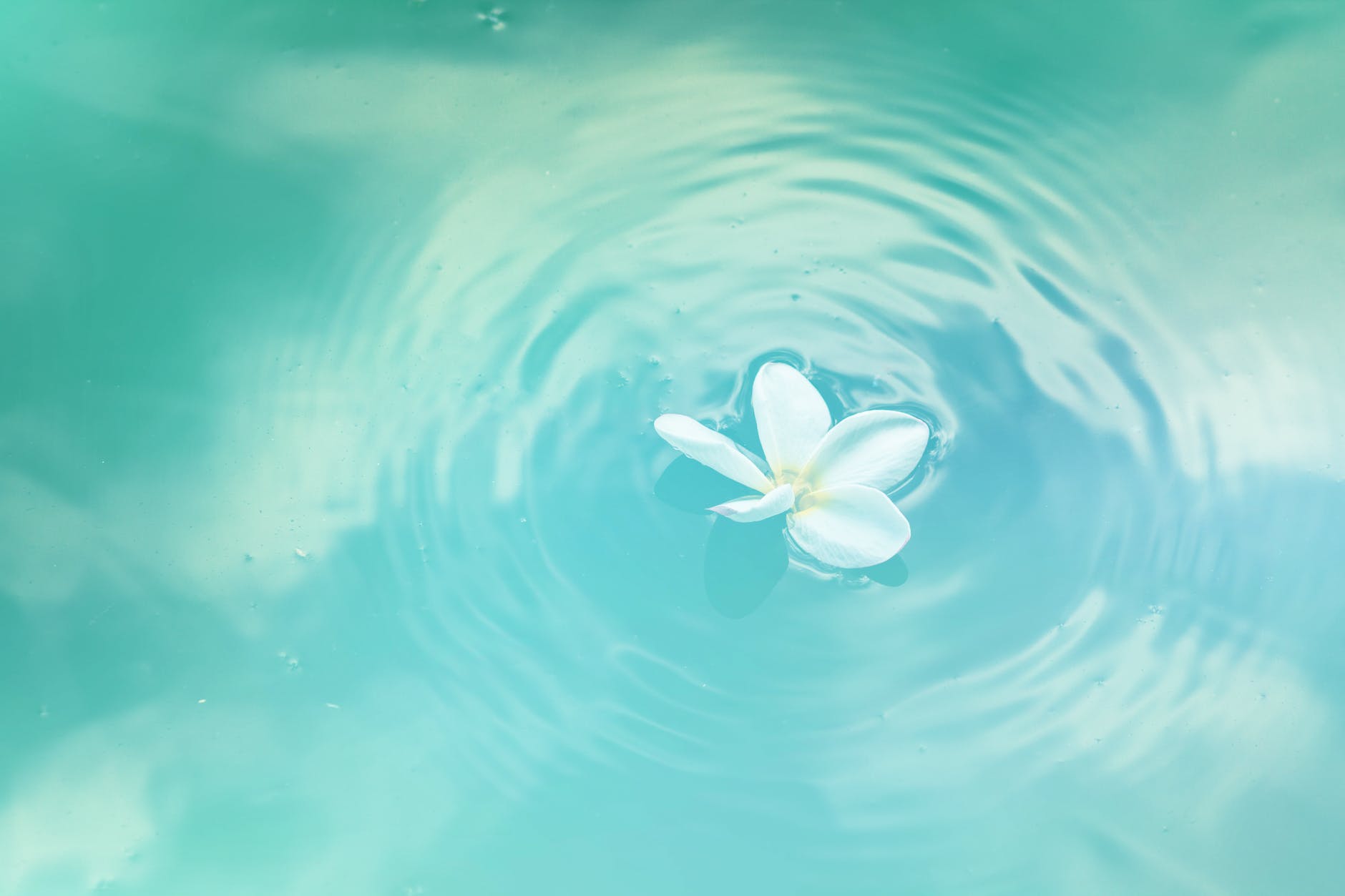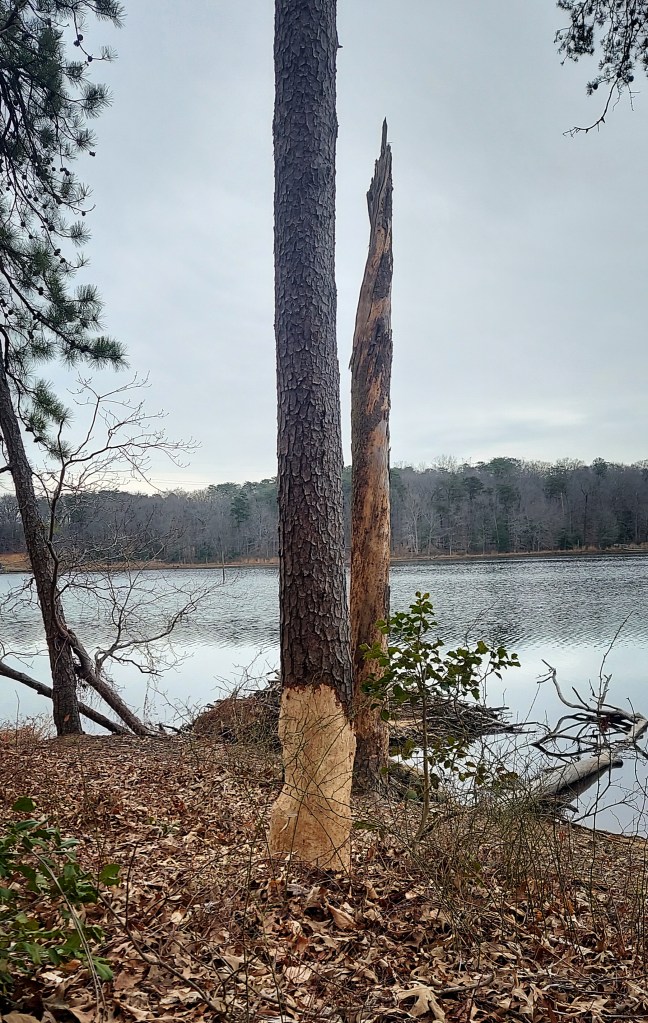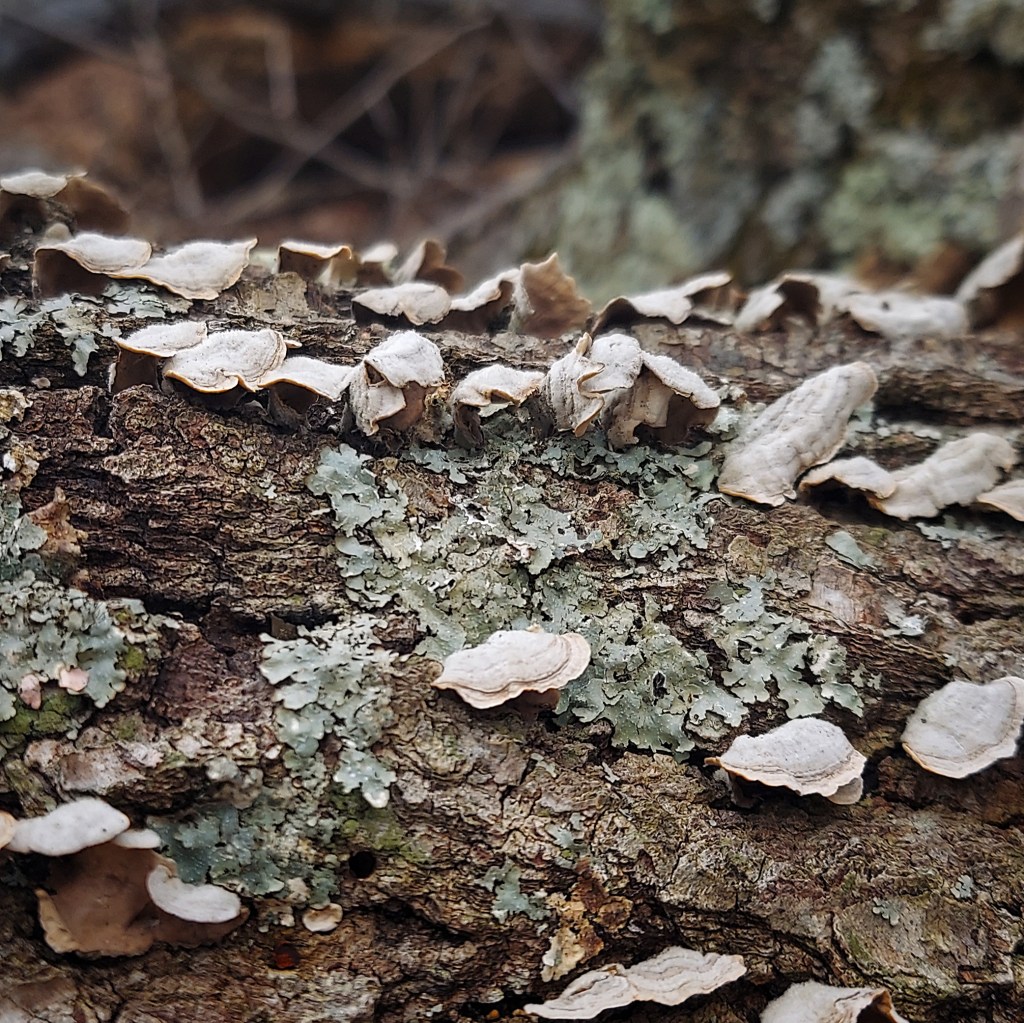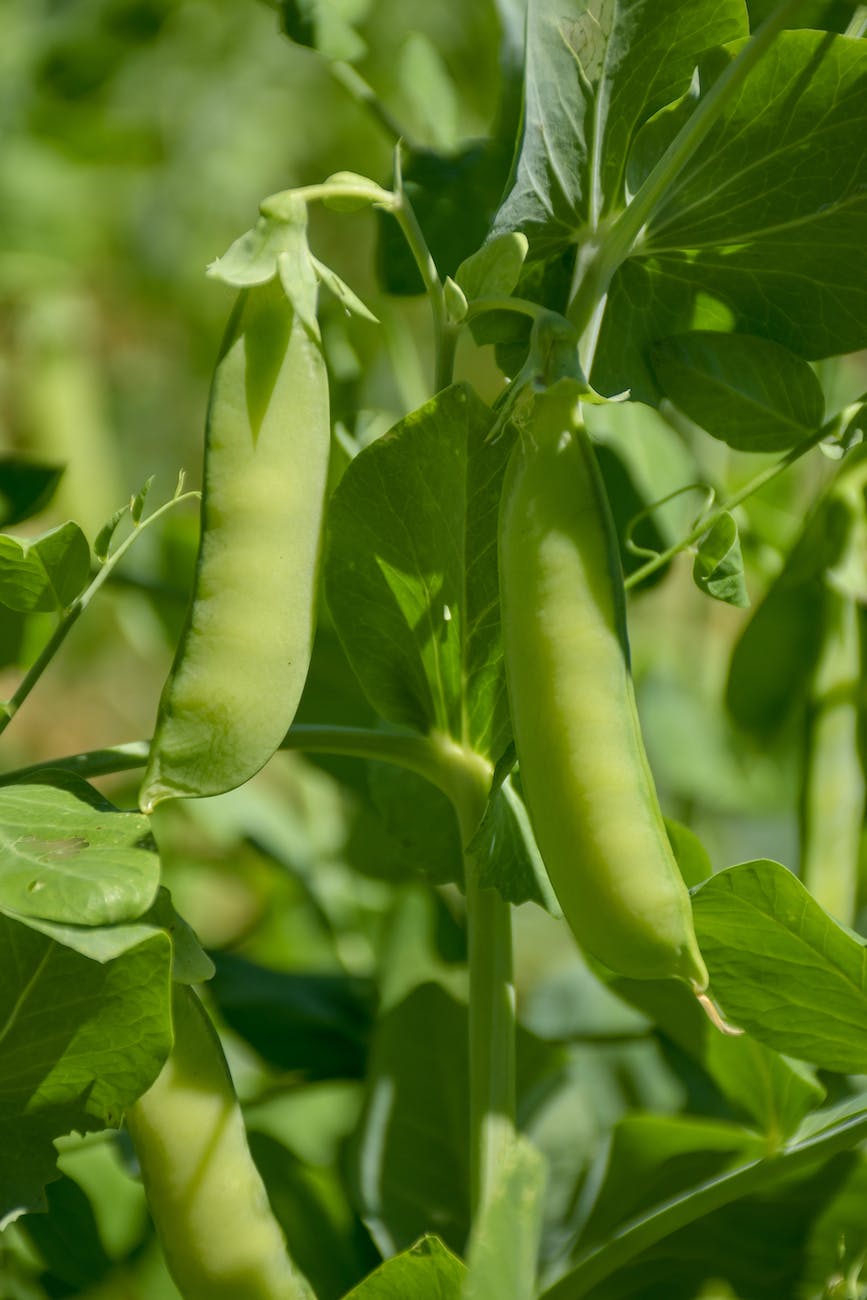I’ve written a bit about the hydrangeas we planted here. We’ve got two oakleaf and one bigleaf hydrangea, all of whom did pretty well after planting. (Well, until an incident with some botanical mosquito control, but that’s another story and everyone is fine.) It was interesting to see how the sunlight and shade seemed to affect them — the oakleaf hydrangea who got the most sun exhibited some signs of stress in the beginning, where the one planted in partial shade seemed to settle right in. Once it had time to acclimate, however, the sunny oakleaf hydrangea rapidly outgrew its compatriot!
It’s going to be a little while before I can see how my guys fared through the winter, but I’m confident that they’ll do okay and very excited to see them put out new flowers this year. In the meantime, I thought I’d soothe some of my impatience by writing about the various traditions, folklore, magical uses, and fun sciency things surrounding hydrangea.
(Also, as you read this, my Handsome Assistant is obtaining the Replacement Car. It has more cargo space than the Hyundai did, so you know what that means: I can convince him to haul home even more bushes, because I’ve got coupons to American Plant and a head full of weird ideas.)
Hydrangea Magical Properties and Folklore
The name “hydrangea” translates almost perfectly into “water jar.” It comes from the Greek words angeion, for vessel or capsule, and hydr-, for water. It makes sense, too — the seeds look like little amphorae, and these plants like water.

In Victorian floriography, the cryptic language of flowers, hydrangeas have a somewhat contradictory meaning. On one hand, they represent gratitude. On the other, they represent heartlessness. This kind of makes sense if you consider them as a response to a would-be suitor. Very “thanks… but nah.”
In China, hydrangeas are associated with heartfelt apologies. These flowers are sometimes poetically called “the flowers of the Eight Immortals.” The Eight Immortals are legendary figures revered in Taoism. In one tale, the forces of the Immortals and the Dragon King clash. To apologize, the Dragon King offers seven of the Immortals beautiful hydrangea flowers.
Different colored hydrangeas can represent different things. Blue hydrangeas are the ones most commonly associated with regret and apology. White ones represent grace, purity, and vanity. Pink are for appreciation and gratitude. Yellow are for joy and friendship. Green hydrangeas are for rebirth, prosperity, abundance, and renewal. (This rather closely follows the meanings attributed to different colored roses, with the notable exception of blue. Roses do not produce blue pigment, so any “blue” roses are either actually lilac in color, artificially colored, or photo edited.)
It should be noted that a hydrangea’s colors can be variable. Unlike other plants, the things that give them their colors aren’t different pigments. Pink hydrangeas, for example, aren’t actually any different from blue ones. Hydrangeas act as giant, living masses of litmus paper. When they grow in acidic soil, their growing conditions cause their pigment to exhibit a blue color. If the soil is more basic, then it will exhibit a pinker color.
Here’s where it gets a bit more complicated. The soil pH itself isn’t actually what influences the hydrangeas’ color. It’s the naturally occurring aluminum ions in the soil. When soil is acidic, these aluminum ions are free to do their thing, hook up with other ions, have a gap year, go clubbing, get tiny little asymmetric haircuts, etc. They’re also easily taken up by the hydrangea plant, where they get all up in the hydrangea’s reddish pigment and turn it blue. In basic soil, aluminum ions connect with hydroxide ions, settle down, buy property, and get tiny little purse dogs. Aluminum hydroxide isn’t easily taken up by hydrangea plants, so the blooms stay pink. You can force a hydrangea’s blooms to change color, but it’s a whole Thing involving a lot of chemistry, soil amendments, and time.
Also, hydrangea flowers aren’t flowers at all — like flowering dogwoods, their “petals” are really modified leaves. The actual flowery bits (the tiny fertile parts in the center) aren’t super noticeable, so these jazzed-up leaves provide support and protection for the flowers, and help pollinators figure out what’s what.

From what I’ve seen, at least three online sources indicate that hydrangeas were once used to break curses. If a malevolent witch put a curse on someone, hydrangea flowers could get rid of it. However, I haven’t seen this attributed to any specific culture or tradition, nor have I found exactly how to use hydrangeas as hex-breakers.
A great many herbs with magical and folkloric significance have also historically been known for their medicinal properties. Hydrangeas are poisonous overall, but their roots and rhizomes do have some medicinal virtues. Both traditional medicine and modern research demonstrate some potential effectiveness against inflammation and problems with the bladder and kidneys, as well as a diuretic effect.
Hydrangeas aren’t just a little poisonous, either. They contain amygdalin, the same cyanide-producing compound in bitter almonds. It’s also related to the one that was rebranded as “laetrile” and “vitamin B17” and sold to unsuspecting and desperate cancer patients. That said, a completely different compound called hydrangenol may inhibit bladder cancer, and that’s neat!
Astrologically, hydrangeas are connected to Libra. Elementally, they’re associated with Water. (Which makes a lot of sense, considering their preferred growing conditions and the whole diuretic thing.)
Using Hydrangea
Though I wasn’t able to find a source for breaking curses with hydrangeas, they can be useful to grow as boundary plants. In most cases, a plant’s magical function follows its mundane form and use. Hydrangeas are dense, lush, and also poisonous. () A nice, healthy hedge of hydrangeas is a wonderful boundary. Just shoot for native varieties — they’ll thrive more easily, require less intervention, and you’ll be helping out your local pollinators and combating habitat loss!

Hydrangeas also make beautiful, very easy bouquets, offerings, and altar decorations. Each head is pretty much a bouquet on its own. Choose a bloom that’s the right color for your intention — for money or fertility spells, for example, choose green ones. For purification, pick white. Just make sure to keep them away from children and pets.
Hydrangeas also dry beautifully, though they lose some of their color in the process. Still, the “flowers” have a structural beauty. They’re good for wreaths and basket arrangements. Consider making a dried hydrangea wreath and empowering it to energetically protect your home’s entryway.
I still have some time before these hydrangeas bloom, but I can hardly wait. Here’s hoping they’ve settled in enough to fill out and flower abundantly this year!





























